The work of civil and environmental engineers is everything you see around you—and quite a bit that you don’t. Civil and environmental engineers have a hand in all of the systems and structures that make our lives possible, like buildings, highways, parks, waterways, the electrical grid, cell phone towers, and more. They also play a major role in tackling some of the world’s grand challenges. If you want to become an engineer and help make the world a better place, then CEE is for you. Below are some of the ways that civil and environmental engineers are making an impact:
Disaster Recovery and Resilience
The most devastating tsunami in recorded history swept away entire communities and killed more than 250,000 people in Sumatra, Indonesia. Hurricane Katrina inundated New Orleans and caused more than $100 billion in damage across the Gulf Coast. Haiti is still recovering from a 2010 earthquake that wrecked the island nation. Civil and environmental engineers are among the first to respond to these kinds of disasters, measuring their impact and collecting vital data to help strengthen communities and make them more resilient against future devastation. They work to build better levies, reinforce vulnerable buildings, recycle concrete into stronger structures, protect utility and communications systems, restore services more quickly, and ultimately, to protect lives.
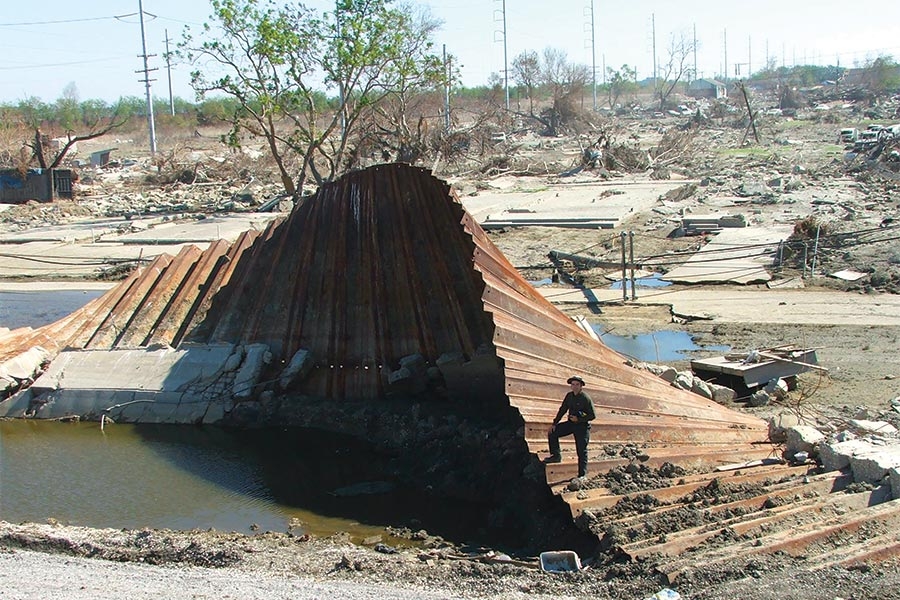
Fixing Our Nation's Failing Infrastructure
Civil and environmental engineers are in demand to meet the needs of our nation's aging infrastructure: crumbling roads and bridges; inadequate transportation, garbage and sewer systems; and vulnerable dams, ports and airports. Across the globe, the challenges are just as significant. And for growing countries, all of that infrastructure must be built from the ground up. Civil and environmental engineers are designing replacements for outdated infrastructure and creating new approaches to those systems. We’re also creating new technology to monitor infrastructure and help engineers and policy makers prioritize needs and prevent catastrophic failures.

Population Growth and Urban Density
The global population is projected to exceed 9 billion people in the coming decades. Most of that growth will be in emerging economies, where the lack of modern infrastructure leads to a variety of health concerns: poor access to water or poor water quality, air pollution, and inadequate systems for the collection or treatment of waste. Civil and environmental engineers will create those systems to protect lives and create healthier communities. We’re also assembling knowledge to build the cities where two-thirds of the Earth’s population will live by 2050 as well as the systems — water, electricity, sewer, transportation, communication — that density will require. We are modeling future scenarios for city and regional development so we know how and where we should grow as well as what will be required to meet the needs of future generations.
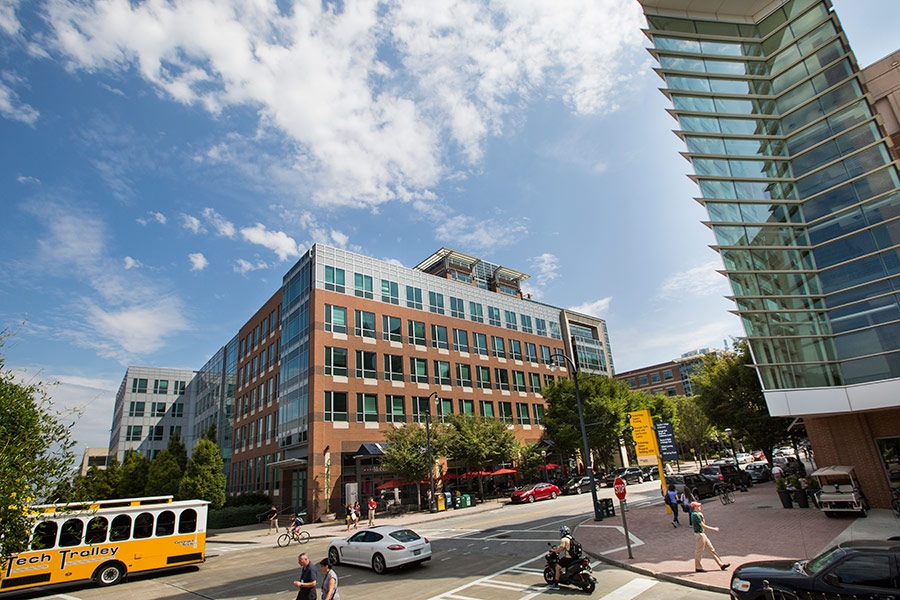
Traffic and Transit
Roads are clogged. Transit options work extremely well in some areas and are virtually non-existent in others. Some cities’ bicycle infrastructure allows residents to skip cars, buses and trains altogether while in other communities, cyclists must fight for space on roads. How we fix the transportation issues we have and plan for mobility of the future falls to civil and environmental engineers. We’re studying the relationships between the built environment and our transportation systems so we can improve community designs to foster mobility, encourage healthy living, and balance economic opportunities with personal well-being. Our engineers also study how people use transportation so we can make better decisions about how we get from place to place and what infrastructure we’ll need to do it.
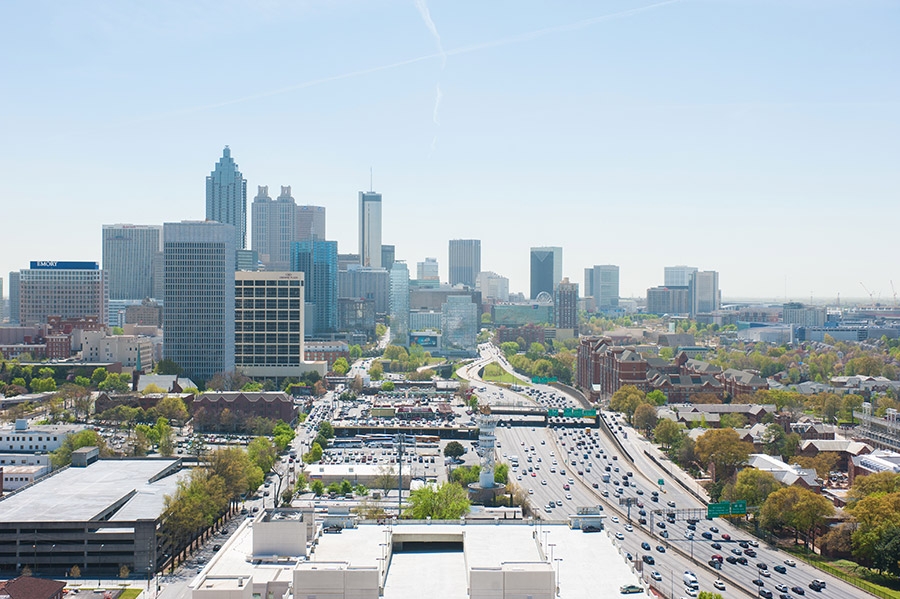
Safe Drinking Water and Clean Air
Clouds of pollution hang over major metropolitan areas like Beijing, London, and Los Angeles. Polluted air discolors landmarks like the Taj Mahal and leads to thousands of premature deaths every year. Inadequate sanitation systems contaminate water supplies in developing countries, causing outbreaks of disease and spreading dangerous pathogens. That happens, too, in places like rural Alabama. In Flint, Michigan, corrosive water pulled lead from pipes and resulted in a public health crisis. We’re studying the effects of air quality on people’s health, identifying the key sources of pollution, and designing systems to limit airborne toxins and pathogens. Our engineers are developing new water-testing methods that make it easy for communities to ensure their water is safe. They’re designing systems that protect water supplies and manage waste. And they’re creating new genetic techniques to identify microbes that contaminate water and track them to their sources.
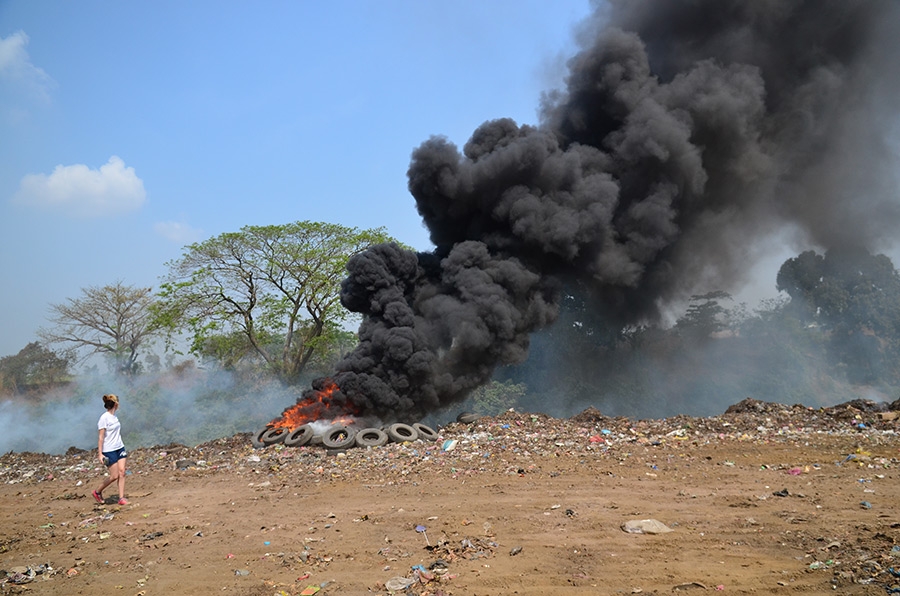
Safeguarding Our Water Resources
As the world’s population grows, the demand for water for drinking, power production, agriculture, and even recreation will continue to grow. Without big changes, our water needs likely will outstrip the supply. It’s not always clear how to best manage water so that everyone gets what they need — everyone has their own ideas about which uses are most important. That’s led to fights in Africa over use of the Nile River and a prolonged court battle among Alabama, Florida and Georgia over water in the Apalachicola-Chattahoochee-Flint River basin. Civil and environmental engineers are responsible for finding new ways to safely deliver and allocate the water we have — like new water-based systems and infrastructure that work in concert with one another, instead of independently, or new ways to use water more than once. We’re designing new technology but also developing new connections among engineers, scientists, policymakers and stakeholders to protect our water future.

Energy Efficiency and Alternative Energy
The ramifications of growing population and burgeoning economies in the developing world also means we’re using more energy resources. Traditional sources of fuel, like coal, supply much of that energy, but with a cost: tons of carbon dioxide emitted into the atmosphere, contributing to climate change and pollution. Our researchers are deep into work to help change our energy mix, finding new ways to use alternative sources like wind, solar and natural gas. Transportation of people and goods accounts for more than a quarter of all energy use in the United States. We’re working to plan our communities and our transportation systems to encourage energy-efficient mobility, and we’re studying the financial implications of alternative energy sources. We’re also developing new technologies that will help us store energy underground and tap into new sources like methane hydrate.
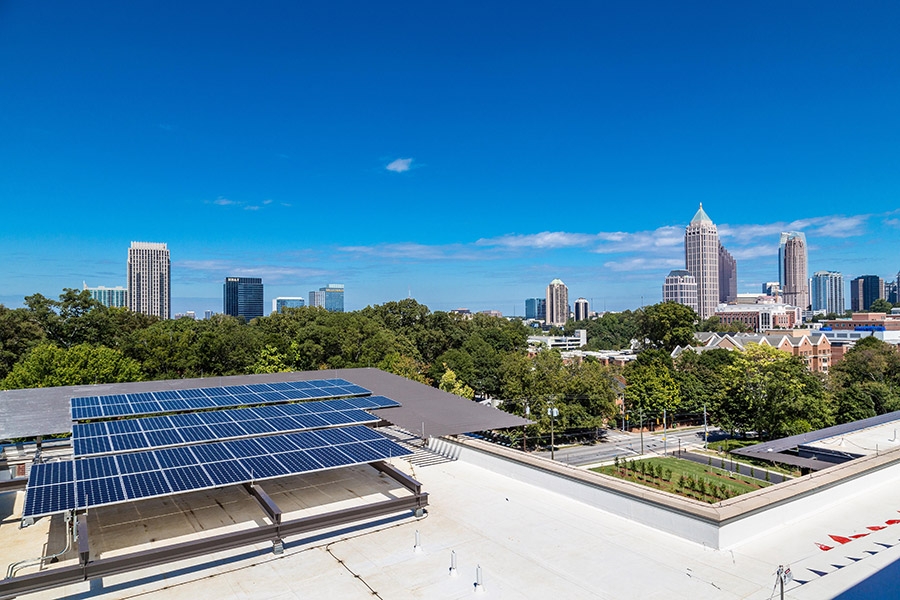
Sustainability
All of our work is infused with the demands of making society more sustainable to protect the world’s resources while meeting people’s needs. We’re working to reduce greenhouse gas emissions from infrastructure and transportation, develop new uses for coal fly ash to keep it out of landfills, find ways to make concrete using more sustainable ingredients and techniques, understand how microbes help clean up oil on beaches after oil spills, reduce the environmental impacts of manufacturing, and make our economy more sustainable by understanding how economic activity and energy use interact. We’re also designing adaptations that will help our communities become more resilient in the face of a changing climate.
